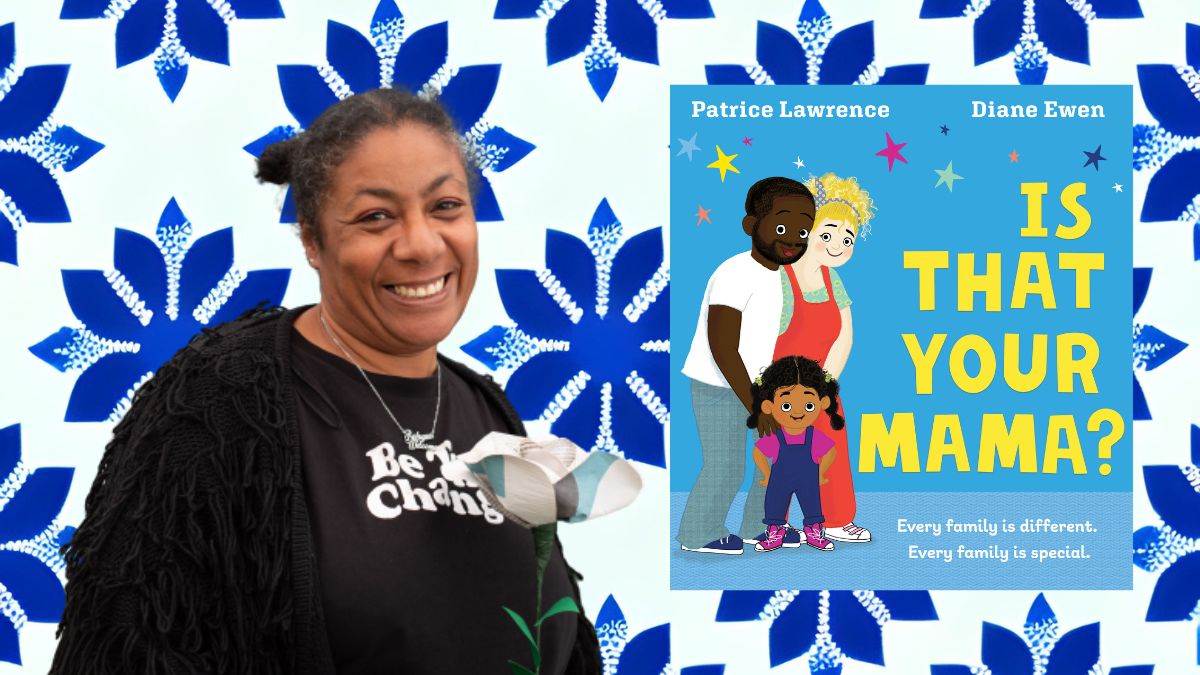Why diverse family representation matters
Published on: 06 August 2023
Author Patrice Lawrence shares why reflecting the varied families that make up our society is so crucial.

I was born the Black child of an unmarried mother in a society of white married families. The books I read were about white children who shared the same parents as their siblings. I grew up with a white Italian stepfather and mixed heritage brothers where the only fictional step-parents I encountered were fairy tale villains. (My stepfather was certainly not a villain. Though, what if he was a stepmother? Weren’t they always truly terrible?) There were no children of colour at all, unless you count the gross caricatures of Enid Blyton’s golliwogs or Helen Bannerman’s book depicting a dark-skinned Indian child. Its title is a racial slur that I don’t wish to repeat.
I often felt an affinity with characters that lived outside of those family norms – Mary Lennox of The Secret Garden, Anne Shirley of Anne of Green Gables, Heidi, the eponymous heroine of Johanna Spyri’s book. I wasn’t an orphan, but I was privately fostered until the age of four before returning to live with my mother. I knew that families were not always neat and compact; they could have many shapes and include people without shared DNA, with a variety of skin colours and cultural heritages.
Yet where were these families in children’s books? Why did I feel that my family experience was wrong or inferior because it didn’t meet the traditional idea of what families should be? Why couldn’t children in families like mine see themselves too?
The first time I read about a mixed heritage family in a UK publication was… a romance story in one of the magazines marketed at teenage girls in the late 1980s. The boy was the love interest. I hauled out my trusty – sorry, my mother’s trusty – typewriter and wrote my own romantic story with a mixed heritage character. It was published in the same national magazine and I was paid! It was the first time I really considered the idea that I could be paid to write stories including characters that looked like my family.
When my own child was little, I was disappointed that even in this sparkling new millennium, so few picture books explicitly represented families like ours. I was so grateful when I found Wait and See by Tony Bradman and Eileen Browne. But that was originally published in 1988. I also love the Luna books by Joseph Coelho and Fiona Lumbers; while If All The World Were… by Joseph Coelho and Allison Colpoys depicts a mixed heritage family where neither parent is white. But there should be so many more of these wonderful books.
Now that I am paid to write and talk about stories full time, I can reflect back the lives of many children missing from books. Our society consists of so many types of families – children in adoptive families, foster families and friends and family carers, as well as same sex parents, lone parents and children living in residential care. All of these children deserve to be the heroes and heroines of stories.
Is That Your Mama? is my and Diane Ewen’s contribution to picture books that reflect many families’, including my own, reality. Josie loves her family, but adults’ intrusive questions about their varying skin colours start to give her doubts. Wouldn’t it be better if they were all the same? As I write this, I’ve just received a message from an independent bookshop on Twitter thanking me and Diane ‘for this beautiful book. A little girl was told she could have a book and picked this up straight away. She brought it to me and said with a HUGE smile, "Look! It’s Mummy, and Daddy, and me!"’
This is why it matters.
Is That Your Mama? by Patrice Lawrence and Diane Ewen is out now.
Topics: Features





